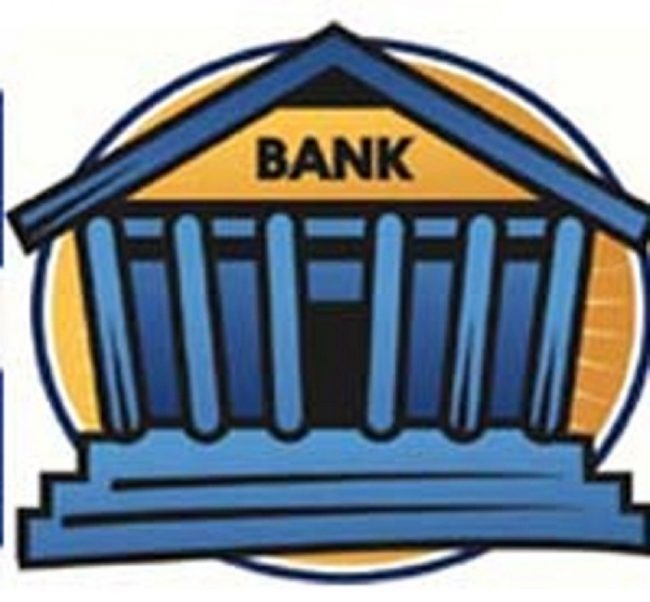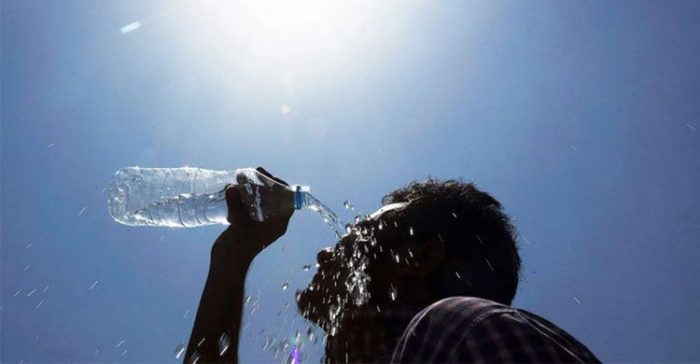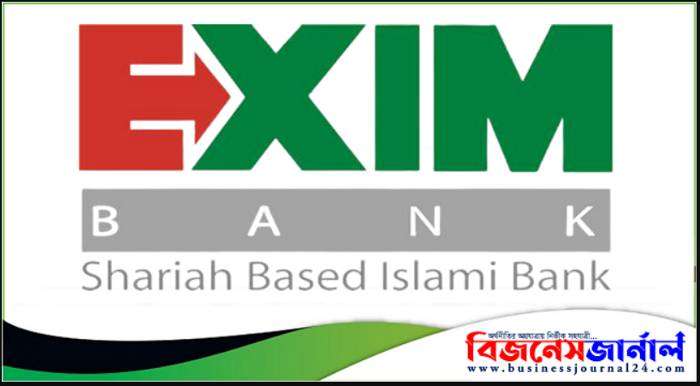11 banks failed to keep provisions even after discounts throughout the year

- আপডেট: ০৫:৪৫:০২ অপরাহ্ন, শনিবার, ১৩ ফেব্রুয়ারী ২০২১
- / ৪১৫১ বার দেখা হয়েছে
Debt classification in Corona was closed, there was no risk of new defaulters. Despite such concessions over the last year, 11 public-private sector banks have failed to keep provisions against loans.
Under the Banking Companies Act, no bank can declare dividends to its shareholders if there is a provision deficit. On the other hand, there is a risk of capital deficit if the required provision is not maintained.
Such information has been found in the analysis of the updated statistics of the central bank on defaulted loans. It shows that the provision deficit of 11 banks has exceeded Tk 7,000 crore.
Of these, the three government banks have the highest provision deficit of Rs 5,429 crore. The banks are Rupali, Basic, Agrani Bank. On the other hand, the provision deficit of 6 private sector banks is Tk 1,552 crore.
The banks are Bangladesh Commerce Bank, Dhaka Bank, Mutual Trust Bank, National Bank, Social Islami Bank and Standard Bank. Among them, Standard Bank has started its journey as a full fledged Islamic bank from January 1 this year.
Under the Banking Companies Act, no bank can declare dividends to its shareholders if there is a provision deficit. On the other hand, there is a risk of capital deficit if the required provision is not maintained.
The interest earned by the depositors is basically a banking business. Therefore, banks have to abide by various restrictions so that the money of the depositors does not fall into any kind of risk.
One of which is to keep provisions against the loan. In case of regular or unclassified loan provision has to be made at the rate of 0.25%. In other words, if you give a loan of 100 rupees, the banks will have to keep a provision of 25 paisa.
On the other hand, the rate of provision varies according to the type of classified loan.
If a loan falls into the first stage of classification after it is classified, that is, if it becomes substandard, then 20 per cent provision has to be made against that loan. That is 20 taka provision against 100 taka loan.
Provision of 50 per cent provision against the loan in case of doubtful or dubious meaning in the second stage. In other words, in case of a doubtful loan of 100 rupees, the bank has to keep a provision of 50 rupees.
And in case of any loan, bad or bad loan, one hundred percent provision has to be kept. In other words, the banks have to keep a provision of 100 rupees against the bad loan of 100 rupees.
This provision is saved by bringing money from the income of the bank. Therefore, with the increase in defaulted loans, if the income of the bank does not increase, there is a provision deficit.
The central bank has increased the loan-to-deposit ratio (ADR) to offset the impact of the corona. The ratio is 6 percent for conventional banks and 92 percent for Islamic banks.
In other words, conventional banks can now lend Tk 6 against a deposit of Tk 100. And Islamic banks will be able to give a loan of Tk 92 against a deposit of Tk 100.
However, the central bank changes this rate from time to time.



































